The content of the article
Angina (acute tonsillitis) is an infectious disease that is manifested by inflammation of the tonsils and the formation of pustules on their surface. Depending on the shape and location of the abscesses, as well as on the source of the pathogen, angina can be follicular, lacunar, catarrhal, herpetic, etc. Angina can be infected through a sick person after close contact - this is primary angina. Secondary angina is the appearance of inflamed areas on the tonsils due to the underlying disease - scarlet fever, diphtheria, mononucleosis, etc. If there was no contact with a sick person, and the disease did develop, it means that the center of inflammation was inside the body. This happens with chronic tonsillitis, caries - when the causative agent of infection is in the oral cavity.The causative agents of angina can be bacteria, viruses, fungi. Therefore, it is very important to consult a doctor for a correct diagnosis so that the treatment is targeted. Today we will try to understand the symptoms and causes of tonsillitis, as well as learn how to treat the disease with medication and folk remedies.
How is angina manifested
Here are some of the symptoms characteristic of the course of this disease in children.
- One of the first signs of a sore throat is sore throat. Moreover, if with a simple reddening a slight tickling is felt, then with purulent tonsillitis the child feels unbearable pain, it is difficult for him to swallow, eat, drink and speak. Any contact of diseased tonsils with other parts of the oral cavity brings serious discomfort.
- Often a sore throat is accompanied by fever. Moreover, this increase is significant - for purulent tonsillitis is characterized by temperatures above 39 degrees.
- The general condition of the child is worsening, his joints ache, he is naughty, crying, indisposition prevents him from sleeping. Because of a sore throat, the child refuses to eat and constantly asks to drink (in order to at least somehow ease the sore throat).
- On examination, a sore throat is easily diagnosed, because white abscesses are visible on the tonsils, and the mucous membrane is covered with bloom. Palatine arches and tongue are usually bright red in color due to the inflammatory process.
- Against the background of inflammation in the throat in a child, salivation can increase, this is especially noticeable in children of the first year of life.
Typically, angina lasts for about a week (acute period). Often a sore throat is like a cold except for a sharp sore throat that is difficult to relieve, as well as a very high fever. Moreover, to bring down such a temperature is very difficult, and if it turns out, the effect is not durable - it rises again after a couple of hours. Therefore, it is very important to treat a sore throat after consulting a doctor. In general, inpatient treatment of angina is indicated for small children up to three years. However, with proper care and sufficient medical care, a sore throat can be completely cured at home. But where does this disease come from?
Causes of tonsillitis
Since a sore throat is most often caused by streptococci, it is possible to contract the disease through household items such as dishes, towels, and personal hygiene products. It is very easy to catch airborne droplets from a sick person - when he sneezes, the smallest particles fall on the mucous membrane of the mouth and nose of a healthy person. In rooms with dry and hot air, the risk of infection increases several times.Therefore, to prevent such diseases, the air in the room should be ventilated as often as possible, especially if it is a group of children in kindergarten. A sick person must be isolated — give him a separate set of dishes, a towel, etc.
Internal sources of angina are chronic tonsillitis, chronic sinusitis and other sinus inflammations. In addition, if there is unhealed caries, it can be a source of streptococcal infection. It may not develop for some time, but be activated with a decrease in immunity.
Drug treatment of angina
A sore throat is not a simple ARVI that can be cured on its own without medical education. Especially when the child is the patient. Angina should be treated by a doctor - self-treatment is fraught with a long and painful course of the disease in a child. Here are the main directions in which the medical treatment of angina is.
- Antibacterial therapy. Antibiotics - this is the first thing you need for angina. Amoxicillin, Augmentin, Ceftriaxone, Cefuroxime, Sumamed, Amoxiclav - the doctor will help you choose the appropriate antibiotic, depending onindividual features of your child. Only an antibiotic can suppress purulent inflammation. In case of serious course of the disease, not only internal treatment with antibiotics is carried out, but also external treatment of the throat at the ENT. An antibiotic is also used in such procedures.
- Together with antibiotics, it is very important to take probiotics that will help you restore the intestinal microflora suppressed by antibiotics. These are Narine, Lacto-and Bifidobacteria, Hilak Forte, Bifiform, Linex, etc.
- If a sore throat is caused by a fungus, antifungal drugs are needed - Fucis, Nystatin, etc.
- Be sure to irrigate the throat with local antiseptics, especially if the baby is small and does not know how to gargle. Among them are Tantum Verde, Chlorophyllipt, Hexoral, Ingallipt. They not only disinfect and treat the mucous membrane, but also give an anesthetic effect - the child can at least eat normally.
- If the child is more than two years old, and he can dissolve the pills, you can give him medicinal lozenges - Dr. Mom, Strepsils, Septolete, Grammitdin. It is important that medications are appropriate for the age of the baby.
- As a rule, a child with a sore throat fever.Therefore, it is necessary to give the child antipyretic drugs - Ibufen, Paracetamol, Nurofen, Ibuklin, etc. The antibiotic begins to act not immediately, but only 1-3 days after the start of medication. All these days you need to bring down the temperature and wait for the disease to begin to recede.
- Along with this, the patient needs to take antihistamines, which will remove swelling from the throat and facilitate swallowing. Zyrtec, Fenistil, Zodak need to be taken in an acceptable dosage.
Along with this, the child often prescribed ascorbic. Vitamin C will help the body to resist the disease. However, vitamin can be obtained not only from the pill, but also from fruits and berries. Most of all vitamin C is found in kiwi, lemon, sea buckthorn, red and black currants.
Together with the drug complex it is very important to provide bed rest for the child. If the baby is active, you need to entertain him with cartoons, drawing or puzzles. It is necessary for a while to abandon outdoor games. If you have a sore throat, you need to drink a lot - more than a liter of fluid per day Treatment of angina is a complex measure and one of the main conditions for recovery is gargling.
Gargle against sore throat
One of the most effective means for the rapid treatment of angina in a child is rinsing. Not in vain among the people there is the phrase "angina needs to be flushed". This means that local exposure to drugs instantly relieves pain, removes bacteria from the mucous membrane, and suppresses the development of the disease. You can use antibacterial compositions for rinsing - Miramistin, Chlorophyllipt, etc. If you have a sore throat here and now, you can rinse it with sea water - dissolve salt, soda and iodine in a glass of warm water. It is very effective to gargle with broths of medicinal herbs. Chamomile calms the mucous membrane, calendula disinfects the surface, St. John's wort removes swelling and redness, mint anesthetizes. To rinse were effective, they must be carried out at least once every three hours. If you gargle every hour, the very next day you will notice significant improvements in health.
If the child is small and can not gargle, you need to irrigate the mucous membrane. To do this, take a syringe without a needle and fill it with a medicinal solution that can gargle. Water the tonsils.Ensure that the child spits out the solution and not swallowed it. The procedure can not be carried out after a meal, otherwise the composition on the back wall of the tongue may cause vomiting. After the procedure, you can not eat for half an hour. If the baby sucks the nipple, you can take advantage of this - the drug must be dropped onto the nipple.
Useful tips for treating angina
It sometimes happens that the temperature in a sore throat does not fall even after taking antipyretic drugs. In this case, you need to gently scrape away the purulent plaques and treat the mucous with disinfectants. Wind on a finger or a clean stick (you can pencil) a piece of sterile bandage. You can moisten it in salted water. Carefully scrape the festering plaques from the tonsils. After this, change the bandage to a clean one and wet it to Lugol. Treat the tonsil mucosa. This will help avoid the recurrence of pustules. After this procedure, the temperature immediately drops. But try not to let the pustules in the esophagus - the baby should spit them out.
Do not force the child to eat if he does not want it. All the forces of the body at the moment are aimed at combating the disease,and the digestion of food requires considerable energy consumption. But do not forget to feed the child - with a high temperature, he loses a lot of fluid from the body. If the child does not want to eat, offer him at least a soup - liquid food will give food, but will not deliver painful sensations in the throat.
Sore throat is a serious enough disease that can turn into unpleasant consequences. If a sore throat is not treated or is wrong, it may have complications such as otitis, lymphadenitis, meningitis, sepsis, rheumatism, arthritis, heart disease, encephalitis, and pyelonephritis. Moreover, the last complications can occur in months and even years. In such a situation, few people think about the fact that these diseases are the result of seemingly simple sore throats.
To prevent the development of angina, you must comply with the following measures. Protect yourself from contact with sick people, especially during the flu and colds season. If this is not avoided (someone from the family is sick) - the patient should wear a mask so as not to infect healthy family members. Eliminate the foci of infection in the mouth - cure chronic sinusitis and tonsillitis, get rid of caries.It is very important to follow the rules of hygiene - wash hands after meals and public transport, have your own towel and dishes. You also need to not forget about immunity - because the disease attacks only if the body can not fight back. Provide your child with proper and balanced nutrition, harden, dress according to the weather, spend more time outdoors, do exercises and walk in nature. Drink more drinks with vitamin C - rosehip decoction, tea with lemon, raspberry and honey. And then no sore throat your baby is not afraid!
Video: how to treat angina in children

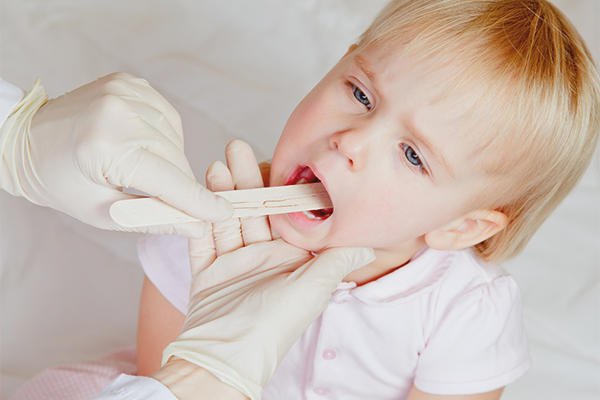
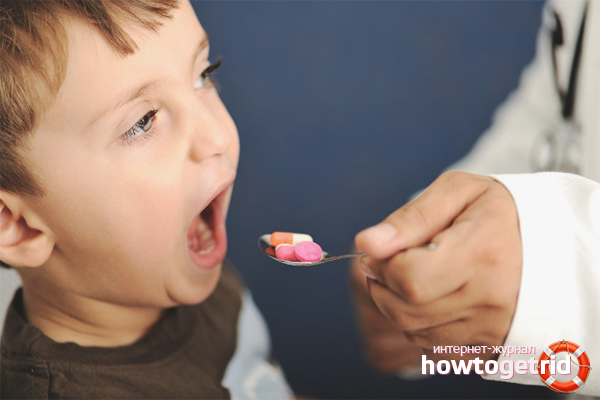


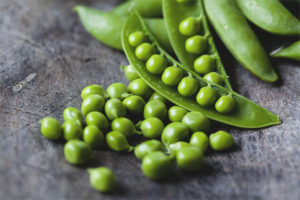

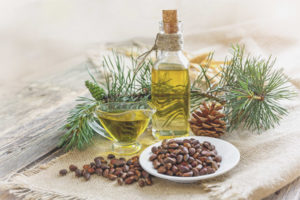

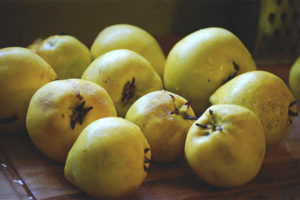

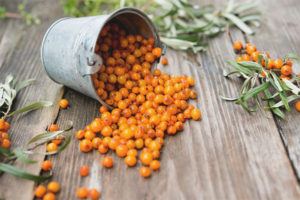

To send